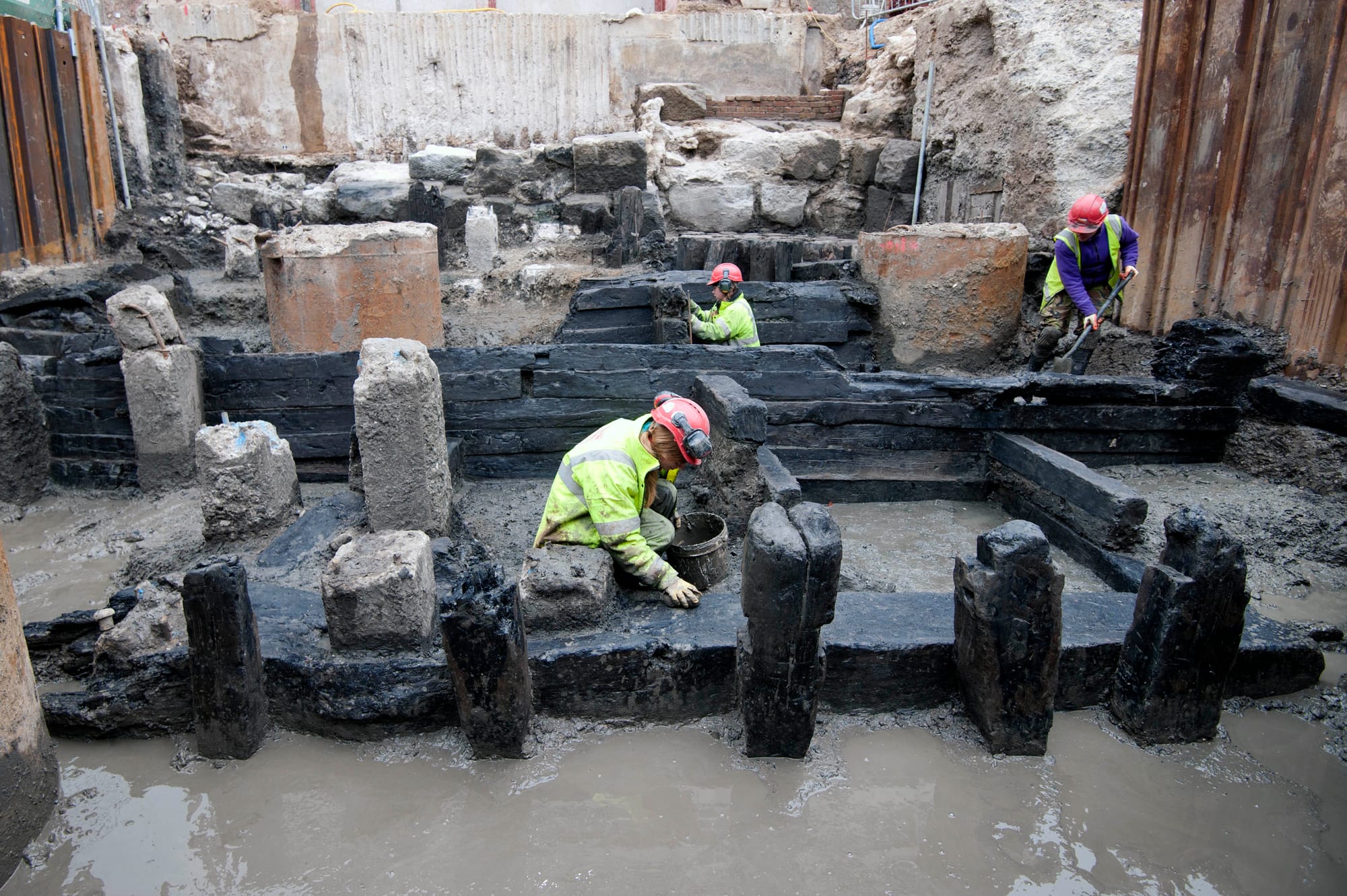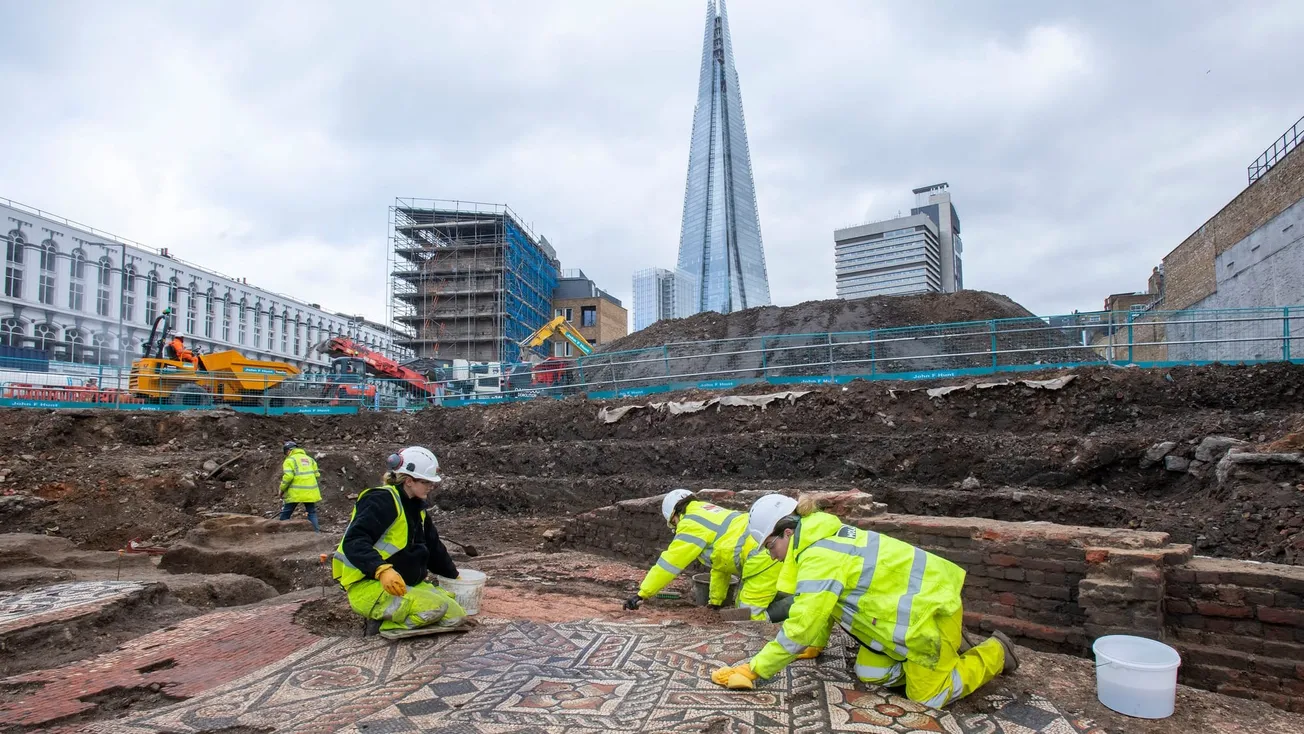If you haven't already, you can become one of our founding members by subscribing to The Londoner with our forever 20% early-bird discount. Click here to forever get an annual membership for the discounted price of £71.20, or click here to forever get a monthly membership for £7.16. Hurry though — this offer lasts only until the end of April.
London comes in layers. Each layer is rubble from the ongoing catastrophe we call history. Whenever London burns — and there have been 12 citywide fires since its founding — another layer is born from the ash. There is a line under these layers, which archaeologists call “the natural”. There, the layers end, and the soil surrenders any human trace. In London, depending on where you are, “the natural” begins roughly eight meters beneath our feet. After that, it’s just an ice age brick-earth deposit going on and on for miles.
London is one of the most densely excavated cities in Europe, if not the world. The capital is endlessly consuming and regurgitating itself, attempting, in contradictory fashion, to both preserve its history and pursue rapid capitalist expansion. In Spitalfields, Georgian houses are watched over by reflective glass towers. On Cannon Street, a magical prehistoric stone is encased in the wall alongside a Pret a Manger. Just two months ago, a Roman basilica was found in the basement of an office on Gracechurch Street. Underpinning all this is the story of London archaeology, a complicated issue that is inextricably tied to the construction industry. To better understand it, I have arranged to visit the Islington offices of the Museum of London Archaeology (MOLA), a sister organisation to the Museum of London, where I meet Sophie Jackson.
At MOLA, London’s foremost archaeology practice, Jackson has the rather mundane sounding title of business development director. In reality, she’s the resident expert on London’s layers. She loves her job. “It's that instant connection with the past,” Jackson says. “There are many different ways you can interpret archaeological features, but there is a truth under there. Something happened in the past to create this feature.” Initially inspired by scrambling over spoil heaps on a holiday to a historic dig as a child, Jackson has been in the archaeology business since the 1980s. It has changed a lot during that time.
Fifty years ago, Jackson explains, archaeology was carried out ad hoc by voluntary groups, along with a few museums and archaeological societies. Back then, British archaeologists had to “blag” access to construction projects that were digging on historically significant land, and they were paid almost nothing.

When it was formed in 1973, MOLA employed one full-time archaeologist, Peter Marsden, who worked for £170 per year. Because there were no laws or planning regulations restricting them, the massive shopping centres and towering office blocks of 1970s London were free to plough through archaeological finds with blunt, hungry force. In Blackfriars, large sections of a Norman castle were destroyed when the BT Group dropped a large Brutalist office block on top of it.

Comments
How to comment:
If you are already a member,
click here to sign in
and leave a comment.
If you aren't a member,
sign up here
to be able to leave a comment.
To add your photo, click here to create a profile on Gravatar.






